In Okutama, you can enjoy breathtaking natural vistas right from the mountains, limestone caves, campsites and hot springs and the nearby vintage villages that have both nostalgic Japanese and America.
To get to Okutama, take the train on the JR Ome Line to Okutama Station
- From Haneda Airport: About two hours and 45 minutes by train.
- From Narita Airport: About 3 hours 30 minutes by train.
- From Shinjuku Station: Take the JR Chuo Line to Tachikawa and change to the JR Ome Line to Okutama Station. (Travel time: about two hours)
- From Tokyo Station: Take the JR Chuo Line to Tachikawa and change to the JR Ome Line to Okutama Station. (Travel time: about two hours 15 minutes)
Before you embark on your outdoor adventure, stop by the Okutama Visitor Center for information and instructions, and check out any bear-trafficking areas.
Here are the spots you can make a list to visit and experience:
1. Lake Okutama : The lake is surrounded by mountains giving you a magnificent natural scenery. The color of this place changes with the seasons and is most beautiful in the cherry blossom season or autumn with brilliant red and yellow leaves.
2. Ogouchi Dam : This is the largest dam in Japan, built in 19 years from 1938 -1957
3. Hatonosu Valley : One of the most popular spots in the Okutama region west of Tokyo, Hatonosu is a verdant gorge that glows during the warmer months of the year and is even more striking when the leaves change. change in the fall. The Tama River flows through the craggy cliffs of the canyon and the refreshing sound of rushing water echoes throughout the area. A suspension bridge crosses the ravine, making it easy to zoom out into the beautiful scenery.
4. Tozuna pontoon bridge is located upstream of Lake Okutama, on the border between Tokyo and Yamanashi Prefecture. The pontoon bridge is mounted directly on the water, so you will have the feeling that the bridge is sinking when you step on it, despite the fact that the bridge is still floating on the water and ensuring safety. This is a memorable experience for those who love adventure.
5. Nippara limestone cave : This cave is 800m long and has many beautiful stalactites, recognized as a natural heritage of the world.
6. Hinohara Kanoto International Trout Fishing Field : The Kanoto River is a clear river surrounded by verdant forests. It's also the setting for Hinohara Kanoto fishing grounds, a family-friendly fishing center where you can go catching rainbow trout. Once you've caught your fish, you can pick your free belly and salted fish ready to grill there and then, take it home or release it back into the water.
7. Hinohara Forest Residential Area Tokyo : Located halfway up the mountain near Mt. Mito, Hinohara Tokyo Citizens' Forest is a place for city dwellers to escape the urban world, reconnect with nature, and engage in what is known as "forest therapy". Hinohara's roads wind through lush forest and offer views of creeks, waterfalls, and mountain slopes with captivating colors depending on the season. There are paths for all levels, from seasoned hikers looking for a rough hike to kids and seniors looking for a relaxing stroll. The "Forest Therapy" Association of Japan says the "Therapeutic Path" here is guaranteed to soothe both body and mind - a claim now scientifically proven. Other activities in the area include bird watching, and woodworking and charcoal-making classes.
8. Woodland Bothy A thirty-minute hike up the mountain will lead you to Woodland Bothy, your personal cabin in the woods. Part of the popular "glamping" movement, you can relax in comfortable king-size beds or soak in a luxurious long bath while gazing at the verdant forest stretching in all directions. Come here for wine, dinner and relaxing outdoors
9. Mito Falls Enjoy the soothing sound of falling water at Mito Falls in Hinohara Village. You'll take a short walk along the trail and this 30-meter-high waterfall can be viewed from a suspension bridge. Wear comfortable shoes. Nearby, you can reconnect with nature at the Hinohara Tokyo Forest Residence.
10. Hikawa Valley Just a five-minute walk from Okutama Station, the "Hikawa Valley Walking Tour", which can be explored in less than an hour, offers a true journey into the wilderness. There are paths along the Tama and Nippara rivers, and midway through, two suspension bridges, Hikawa ko-bashi and Toke-bashi, further increase the walkability. At the end of the tour, the Toke Trail is a walking trail designed for forest therapy, a concept unique to Japan. The valley is also home to the Japanese giant flying squirrel, and a campsite with rental houses is located near the river.
 Register
RegisterSign in Travel Agent
Sign in Supplier
Sign in Affiliate
Sign in Guru

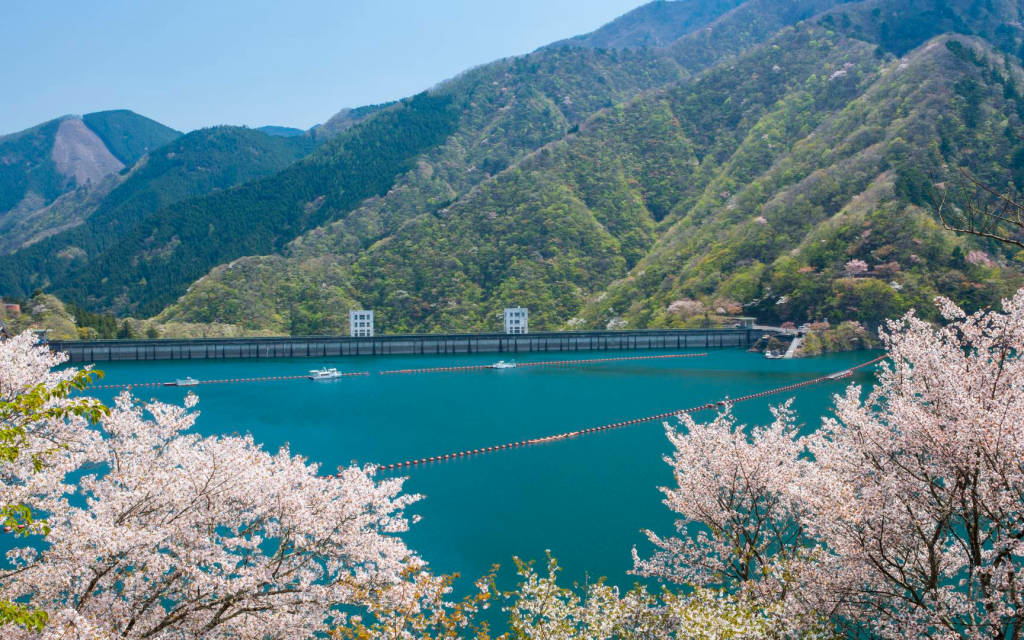
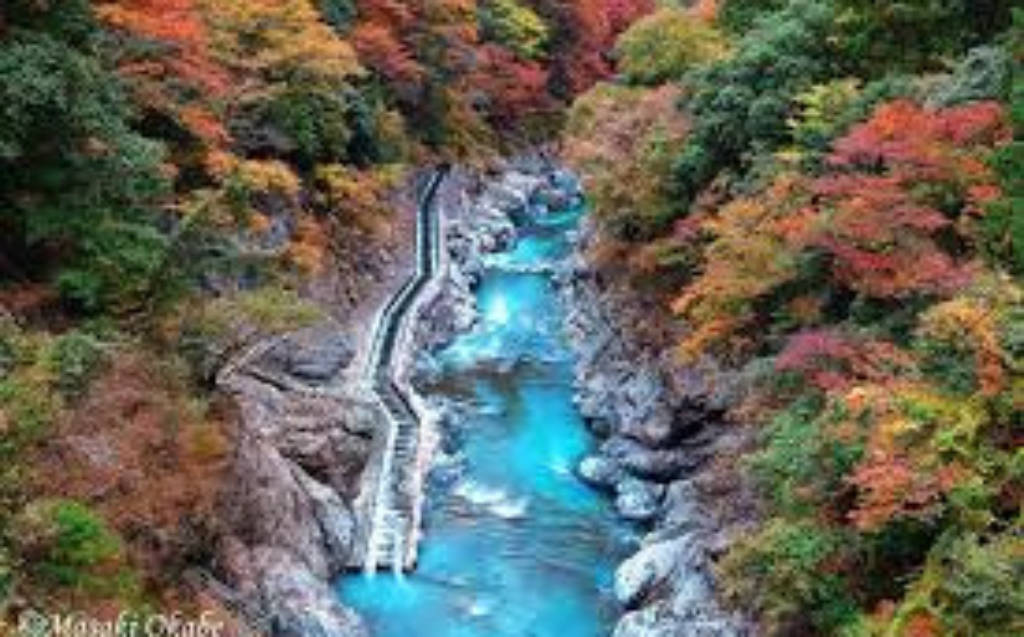
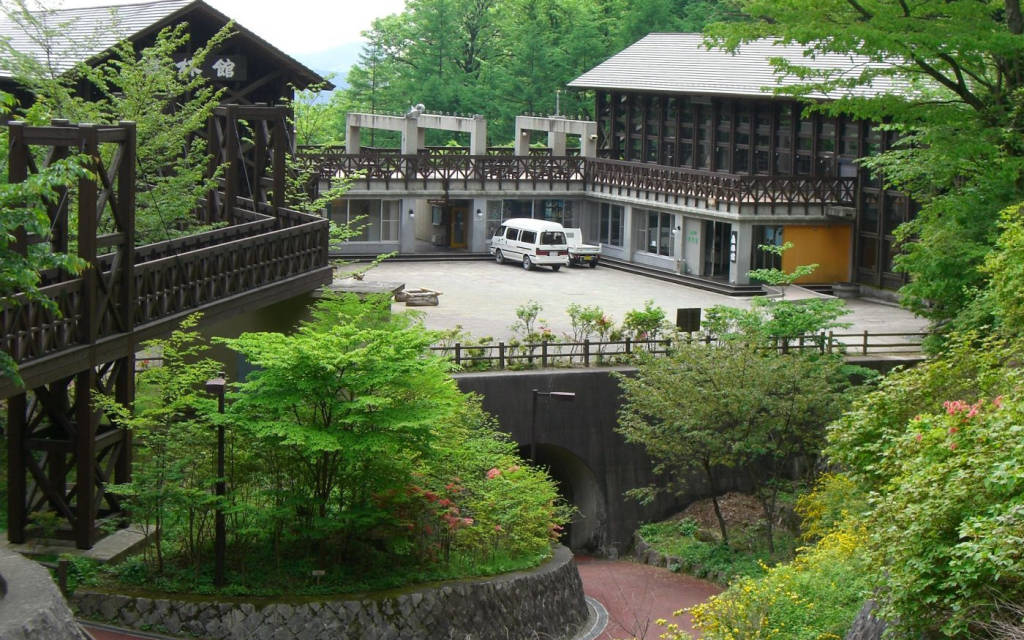
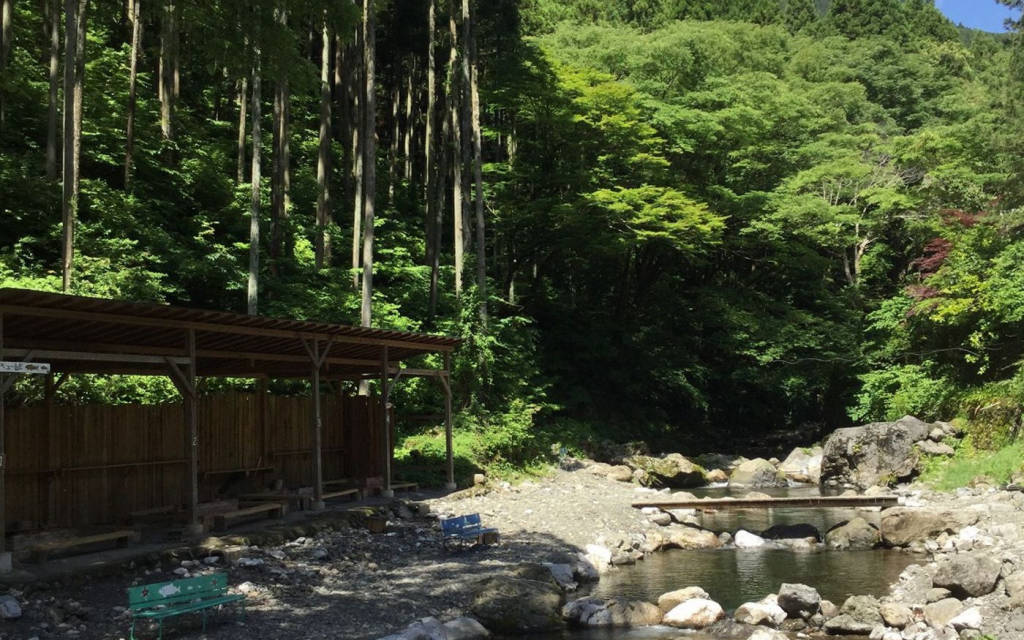
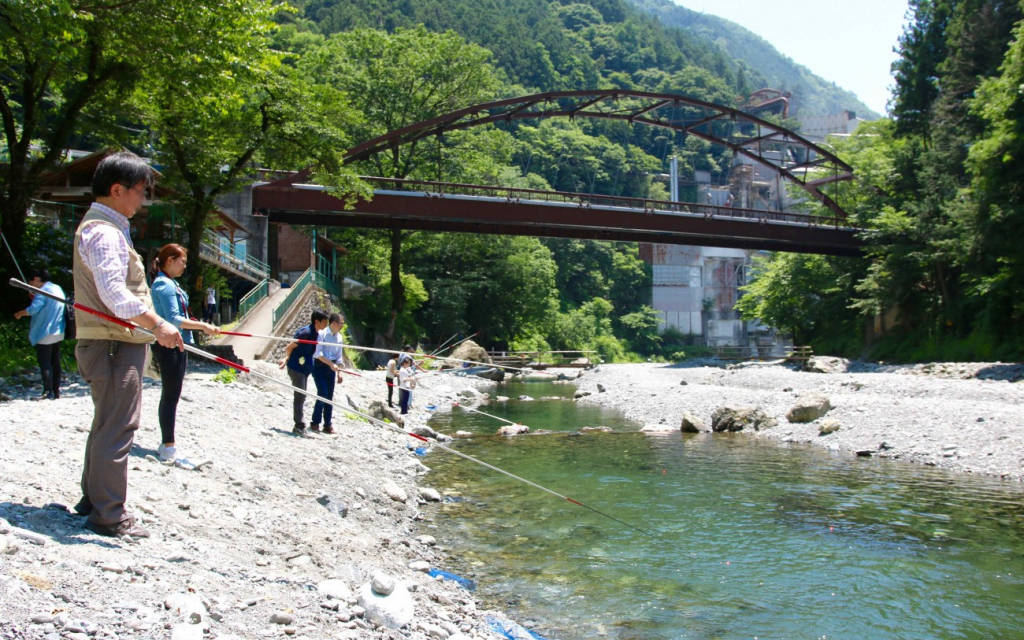
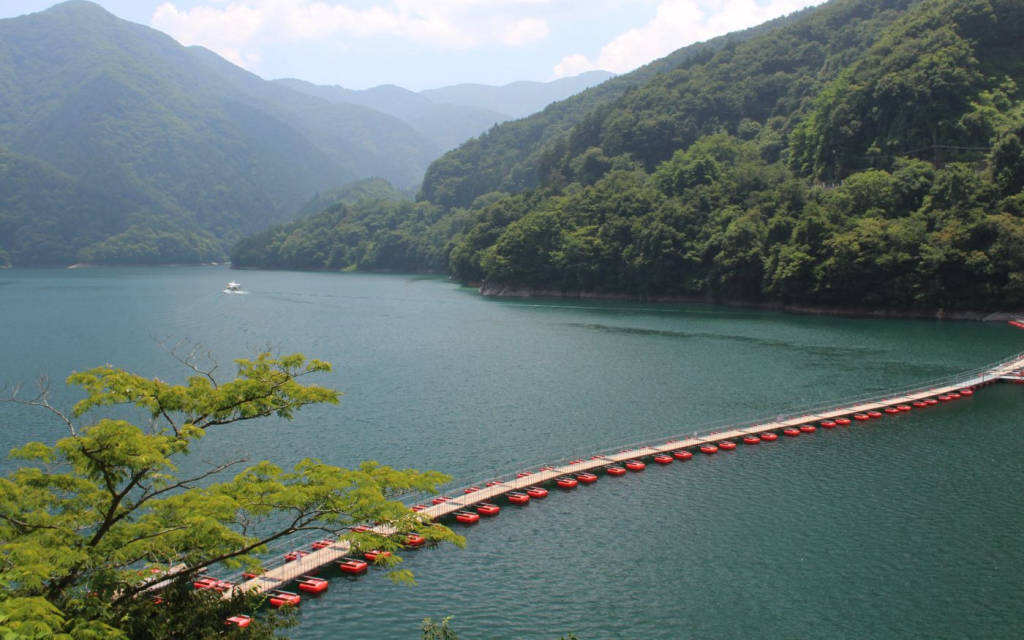
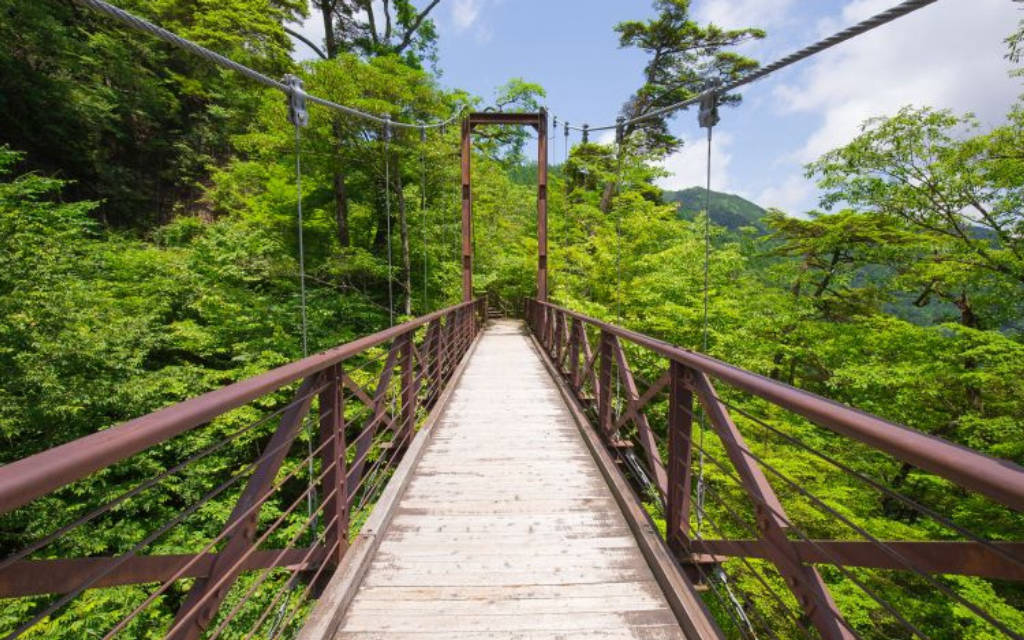
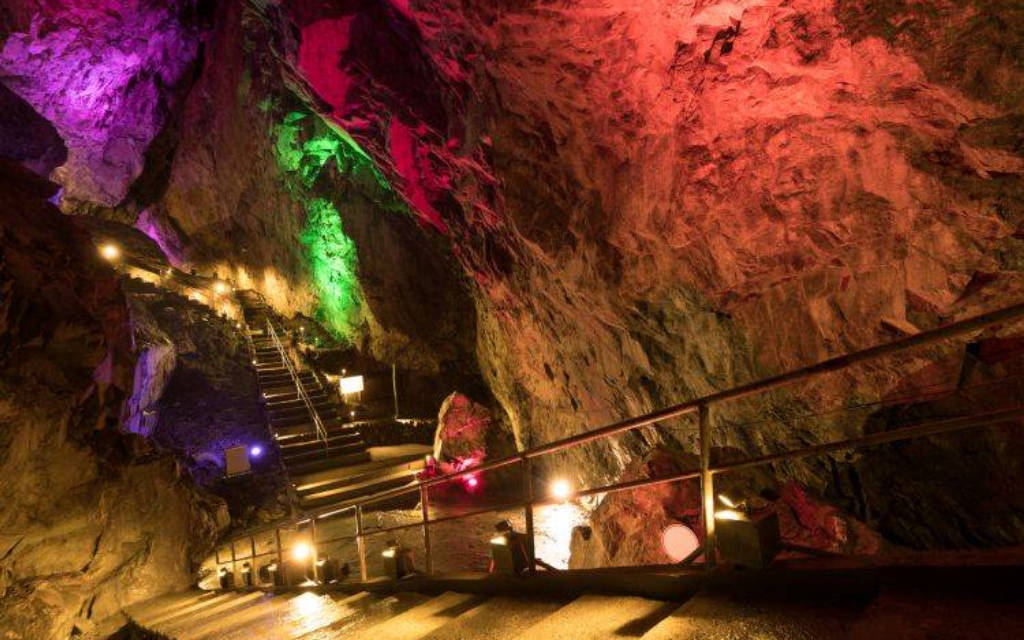
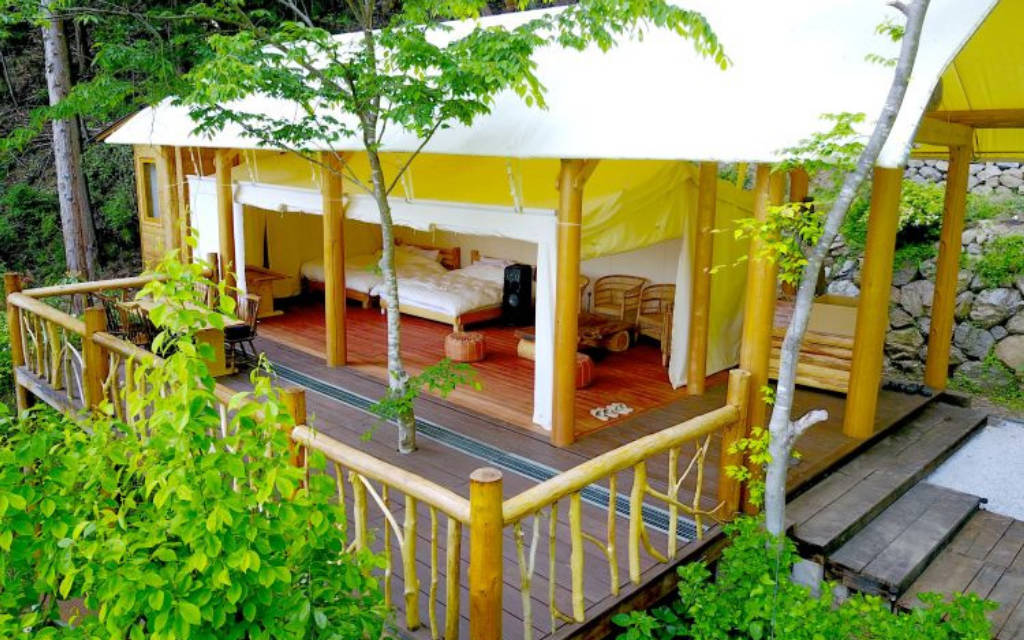
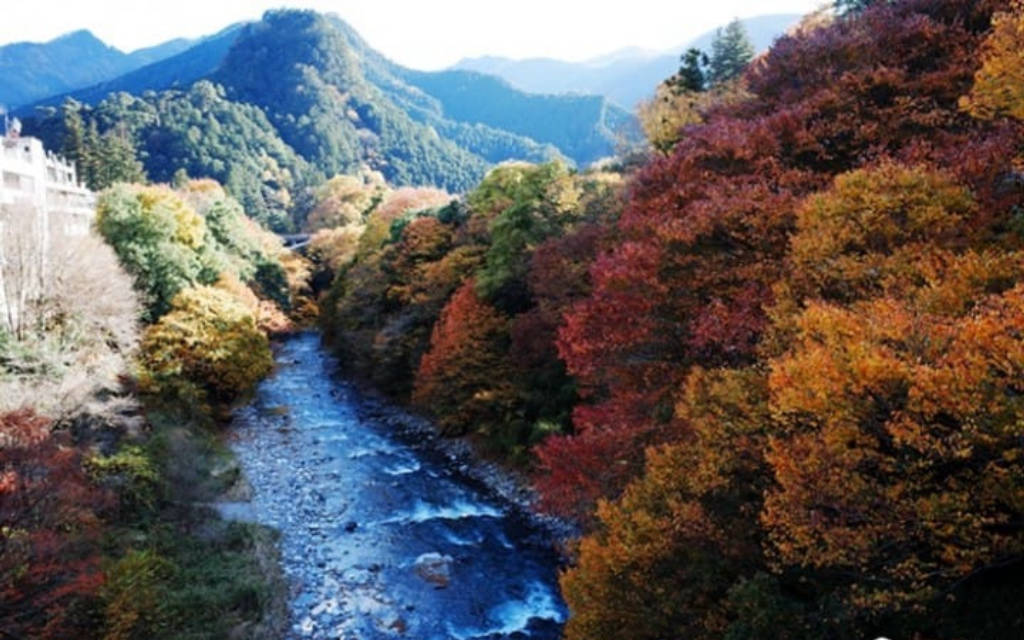










 Tokyo - Japan
Tokyo - Japan